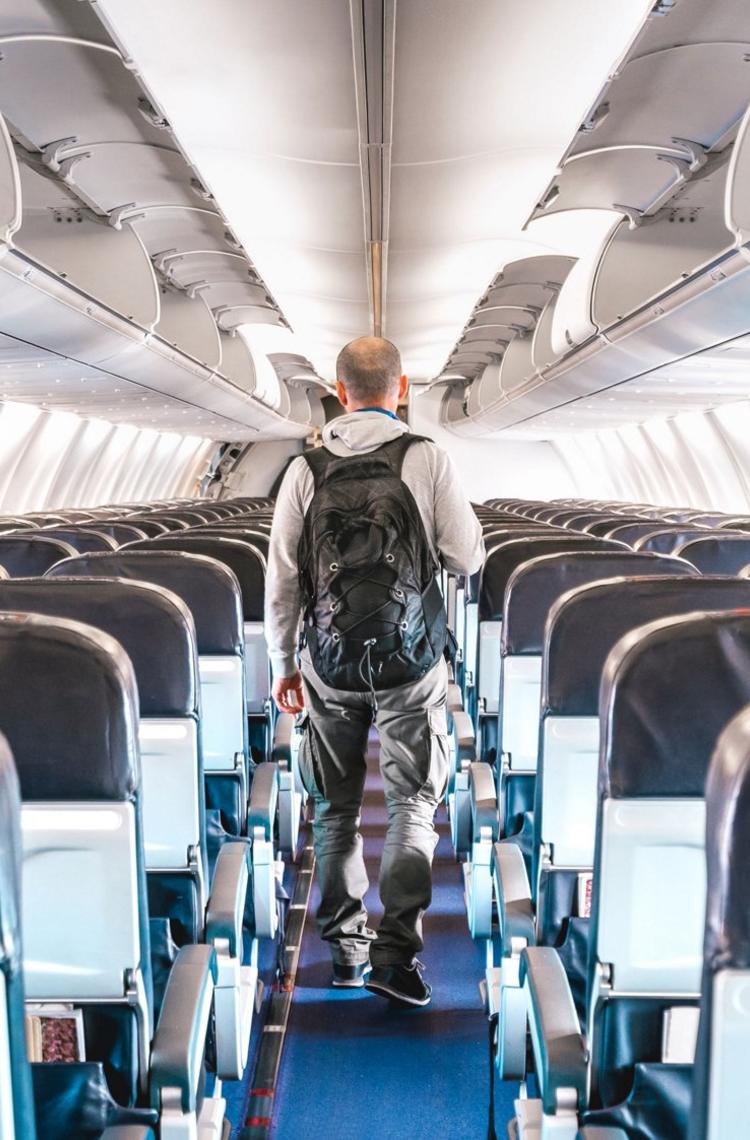What ensures a safe travel experience? Aviation partners are collaborating to find a solution to safe traveling during times of a global health crisis. There is sound affirmation found pointing to the effectiveness of stacking up a combination of solutions. In other words, layering preventive and protective measures along the air travel journey. All of these different solutions alone are not 100% infallible, but when layered and overlapped, lower the risk of exposure significantly.
Layering measures for a safer flying experience
What does a “layered approach” mean exactly? It implies that there is not only one thing you need to do to prevent yourself from virus exposure on your journey. Preparation for a journey depends on a series of measures, some of which you can exercise yourself, while others may depend on the actors along your journey to make them available to you. Airbus believes that all these actors – from airlines, pilots and crew, to members of the airport community, authorities and ourselves, the passengers – have a role to play to collaborate with travelers and adopt the most effective routines. These routines range from mask wearing and hand washing, to ensuring disinfected public spaces, to clean air onboard an aircraft.
A layered approach is key to enabling a safe and easy return to the skies.
Reassuring evidence
Collectively all aviation partners are working along the same objectives to have a better understanding about the virus and how to keep everyone – passengers, crew and staff – safe and healthy. An important safety layer is provided by the aircraft manufacturers – such as Airbus. For instance, the perception of transmission risk while sitting in an aircraft is a common, but unfounded assumption that can be debunked by recent scientific studies released on the matter.
Aircraft engineers across aviation have carried out a multitude of highly accurate cabin simulations. Independent researchers from Harvard then proceeded to “stress test” these assumptions and found them to be accurate. Researchers from Harvard’s T.H. Chan School of Public Health in the U.S. confirm that infection control measures put in place by airlines reduce the risk of COVID-19 transmission on an aircraft to very low levels.
The gate-to gate report concluded that use of masks by passengers and crews, in combination with diligent airline cleaning protocols and advanced ventilation and filtration systems on aircraft, offer “...significant protection against COVID-19 during air travel.” The study further ascertains that, with regards to the cabin air filtration system, "this level of ventilation effectively counters the proximity travelers will be subject to during flights."
The data is telling us that the risk of onboard transmission of the virus is low when compared with other public indoor environments...
- The International Air Transport Association (IATA)
The findings of this study show that the efforts put forward by the aviation industry and airlines in the past months are effective, and that implementing layered risk mitigation strategies ensure that air travel these days is as safe or even safer than other routine activities (for example, going to a grocery store). The Harvard findings corroborate largely with the regular simulation studies on cabin flow conducted by Airbus, as well as studies put forward by other manufacturers, the U.S Department of Defense (TRANSCOM) and several players in the scientific community.
We have scientific evidence that the approach taken by manufacturers and airlines over the past months helps to ensure the health and safety of passengers.
- Airbus project leader Bruno Fargeon
How air travel has adapted to COVID-19
Layers of protection against transmission of the virus on aircraft include:
● Aircraft onboard ventilation systems that continuously circulate and refresh the air supply
● Universal wearing of face masks by passengers and crew
● Distancing protocols during boarding and deplaning
● Disinfection of high-touch aircraft surfaces to remove contamination
A crucial next step is to continue to layer protective measures and screen passengers, moreover implement a harmonised screening scheme across nations for air transport. This would provide longer-term solutions for reopening of borders and legitimately replace more short term and disruptive blanket cover measures such as quarantines.
